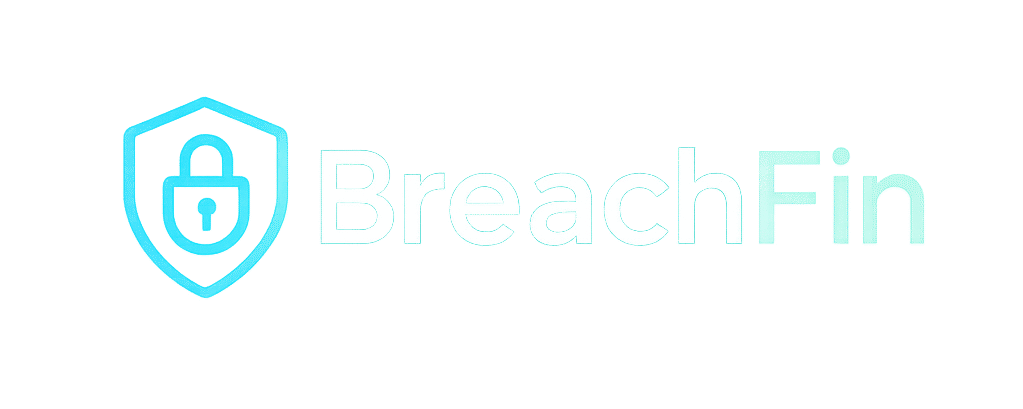Introduction
Traditional PCI compliance is built around point-in-time assessments — quarterly scans, annual audits, checklist reviews. But the web isn’t static, and attackers don’t wait for your next audit window.
This blog explores why snapshot-based compliance isn’t enough and how Breachfin brings real-time, continuous visibility that complements — and often surpasses — conventional approaches.
The Snapshot Problem
Compliance snapshots capture a moment. But a lot can change in the moments between:
- A third-party script gets updated silently.
- A CDN injects a malicious redirect.
- A developer pushes a hotfix that wasn’t peer-reviewed.
- A supply chain compromise introduces formjacking code.
If you rely solely on quarterly or annual reviews, you might miss all of this — until it’s too late.
Breachfin Provides the Full Movie
Breachfin was built to provide continuous, client-side security visibility. Here’s how that looks compared to snapshot-only tools:
| Capability | Traditional Snapshot | Breachfin Monitoring |
|---|---|---|
| Frequency | Quarterly or Annual | Real-time, Scheduled, On-Demand |
| Scope | Manual scan, backend focus | Full DOM, script, and header visibility |
| Audit Readiness | Requires last-minute evidence gathering | Evidence is continuously logged and exportable |
| Alerting | None or delayed | Webhook/SIEM alert the moment something changes |
Real-World Example
Let’s say your site passes a quarterly PCI scan in January.
In February, a third-party analytics script silently updates. It includes a new function that captures form inputs and forwards them to an external server — classic skimming.
If you’re relying on your next snapshot in April, you’ve just gone 60+ days exposed.
With Breachfin, the moment that script’s hash changes or entropy spikes, it:
- Flags the anomaly
- Sends a webhook to your SIEM
- Captures the full tampered script and metadata
- Logs the incident for your audit trail
You’re not guessing or reacting months later — you’re responding in real time.
Why QSAs Prefer Breachfin Logs
When an auditor asks for “proof of ongoing monitoring,” Breachfin delivers:
- Historical reports that show consistent coverage
- Anomalies logged with details: script origin, detection method, and timestamps
- Screenshots and summaries of DOM changes or header mismatches
- Exportable PDFs or CSVs showing hash comparisons and policy enforcement
You’re no longer saying “trust us.” You’re saying “here’s what we saw, when we saw it, and how we acted.”
Final Thoughts
Snapshot compliance is a start. But attackers move faster than your audit schedule.
Breachfin gives you the continuous visibility, automated detection, and historical logging that compliance snapshots simply can’t. It’s not just about checking a box — it’s about protecting your users and proving you did.

